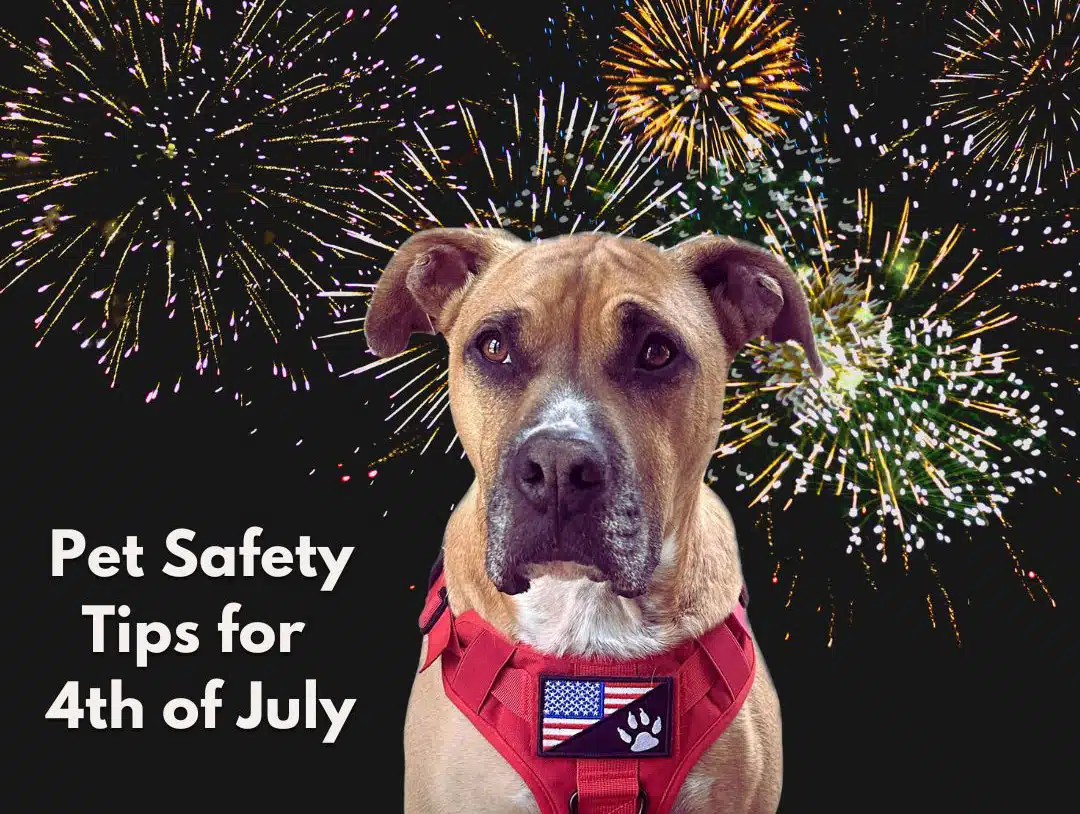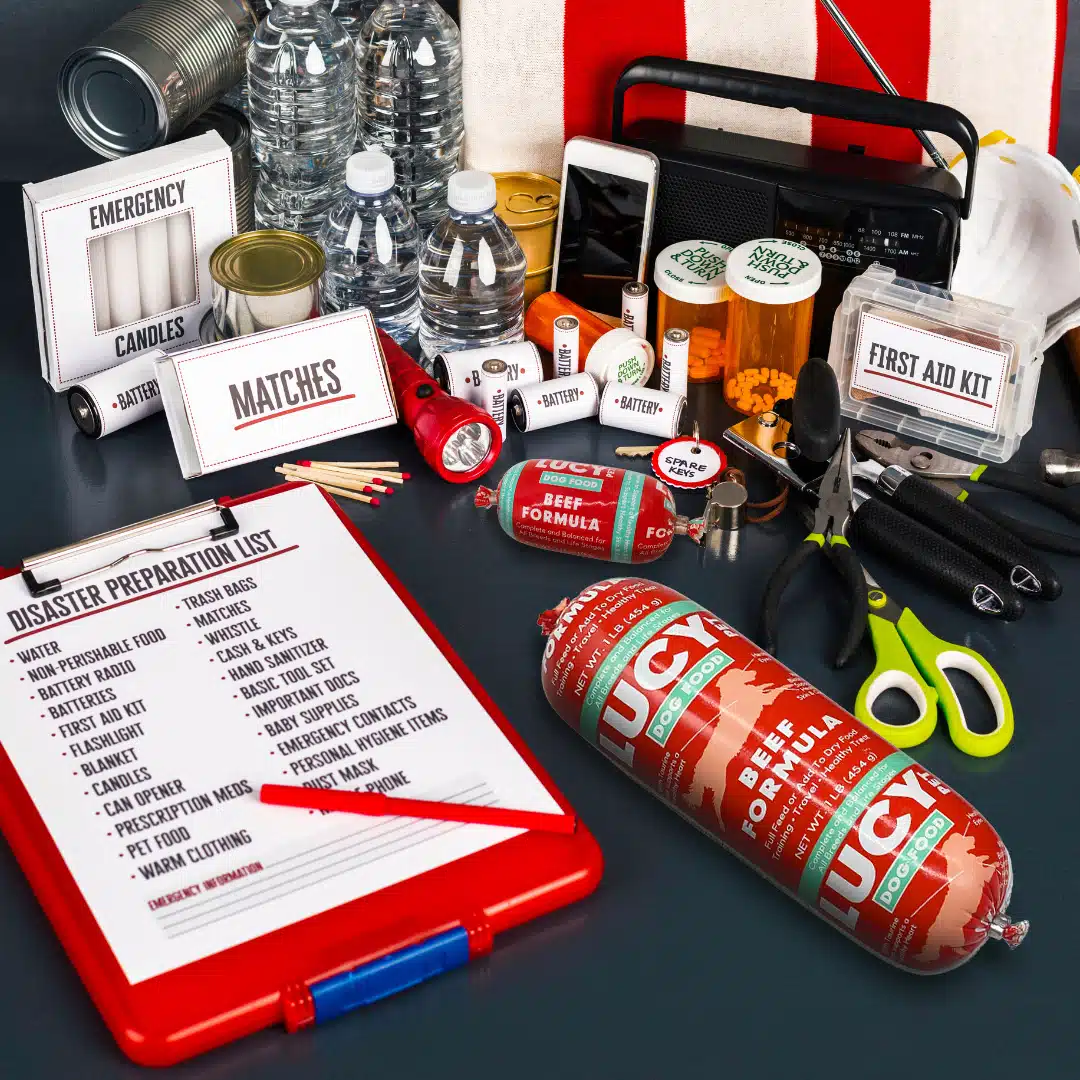
Keep Dogs and Cats Cool during the Summer Months!
Tips for Keeping Dogs and Cats Cool During the Summer
Lucy Pet Foods, along with the Lucy Pet Foundation, have some tips on how to beat the heat with your pet! Keeping dogs and cats cool as the temperature climbs is very important. Here are some handy tips:
Hydration: Make sure your dog has plenty of fresh water. Your dog can easily dehydrate in the heat of summer, so frequently offer cool water to drink. Getting wet can help cool your dog down. Consider setting up a kiddie pool or sprinkler for them to play in.
Shade: Provide a shady place for your dog to rest, like a beach tent or outdoor pen. Keep your dog indoors or in shaded areas as much as possible, especially during the heat of the day.
Sun protection: Dogs with short hair, white fur, and pink skin are especially susceptible to sunburn. There are some doggy-safe sunscreens on the market you can use. Apply pet-safe sunscreen to their ears, nose, and coat before going outside.
Exercise: Limit your dog’s exercise time and intensity, especially during the heat of the day. Walk your dog during cooler hours when they’ll tire less quickly and enjoy themselves more. Avoid hot asphalt, which can burn your dog’s paws and increase their body temperature. Stick to dirt paths, grass, or concrete surfaces. If you suspect that your pet has burned its paws, you need to take your pet to the vet right away. To help cool your pet at the end of a long walk, apply a cool, wet washcloth to the footpads.
Cooling : Use cooling mats, ice packs, wet towels, or cooling coats and collars. You can also try frozen treats, like ice blocks with hidden treats.
Beach safety: If you’re going to the beach, check water conditions with a lifeguard. Situations such as rough waves or strong currents can make the water too dangerous for your dog. Avoid hot sand. Especially midday, sand can get blisteringly hot and can burn your dog’s paw pads. Limit your beach visits with your dog to early or late in the day when the sun isn’t as strong.
Heatstroke
Certain types of animals are more prone to heatstroke than others. Dogs with flat faces like pugs, bulldogs, or Boston terriers have a difficult time panting and thus can easily overheat. Also, dogs with heavy coats, older animals, obese dogs and cats, puppies and kittens under six months, pets who are ill and pets on certain medications are at an even greater risk of overheating during the summer months. So keep in mind the kind of pet you have and their individual needs as far as how quickly they can overheat.
Keeping dogs and cats cool is important, as nearly every case of heat stroke is preventable. Exercising and being left in a car are the two most common causes of heatstroke in dogs and cats. Dogs like to keep up with you while exercising and may not readily tell you they’re getting too hot until it’s too late. On a 75-degree day, the temperature inside a parked car—with the windows open—can quickly climb to over 100 degrees and cause overheating.
Signs associated with overheating:
- Excessive panting or open-mouthed breathing
- Lethargy, daze, or collapse
- Drooling, vomiting, or diarrhea
- Depression, stupor (acting drunk), or seizures
- Increased heart rate
- Bloody diarrhea or vomiting
- Bright red tongue or gums
If left untreated, heatstroke can be fatal. The easiest way to cool your pet is to immerse it in cool water in a bathtub, kitchen sink, bucket, or swimming pool, or spray with a garden hose. Then take your pet to the vet as soon as you can. You can also use towels soaked in cool water and change them every five minutes because they will heat up fast. NEVER use ice water to immerse your pet or to moisten towels. This can cause the reverse problem of hypothermia. Pointing a fan at your pet will help, too. If your dog or cat can drink, offer it cold water, or even ice water. If your vet is far away, keep towels soaked in cool water over your cat or dog until you arrive. Have the air conditioner blowing directly on your pet.
Steer clear of pets riding in the car
Dogs and even some cats love to ride in the car! But you absolutely must resist the urge to let them accompany you during the summer months. Once temperatures soar above 75 degrees F, your car can become a coffin. Even with the windows open, the temperature inside a car can quickly rise to deadly conditions. NEVER leave a pet in the car alone. It only takes a few minutes for the temperature to rise above 100 degrees, with fatal consequences for your pet. Every summer, emergency clinics, and vet hospitals treat dying pets that often cannot be saved. These tragedies are completely preventable! Unless someone will be in the car at all times with your pet with the air-conditioning on, please leave your cat or dog at home.





